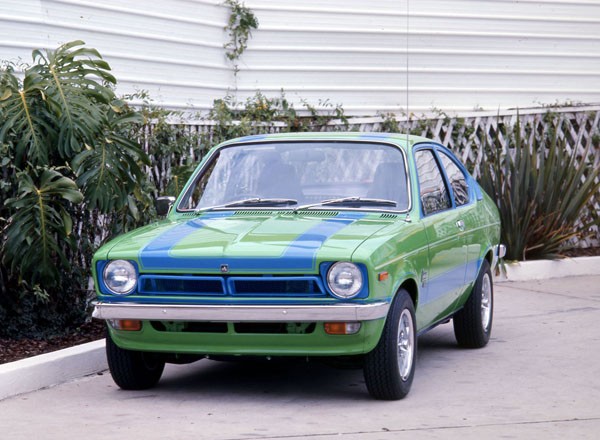The Holden Gemini was GM-H’s version of the parent company’s World Car, but thankfully it was a version significantly re-engineered for Australian conditions. Gemini replaced the small TA Torana. Initially the car should have been an adaption of the German Opel Kadett but GM-H wanted something more suited to the local market and a joint development with GM’s Japanese partner Isuzu produced the Australian/Asian version of the T-car.
In Australia GM-H coded the Holden Gemini the TX, which was planned as a counter to the steadily growing Japanese domination of the small car sector. Importantly the Gemini offered a real alternative to the totally Japanese-developed small cars.
In the planning stages GM-H influenced many areas of the eventual design. Some of these included improved ventilation, re-designed door and body seals, suspension settings and brake specifications. The engine was a 1584cc Isuzu-built motor which produced about 74.6kW of power at 6000 rpm and revved easily and with the Gemini’s power-to-weight ratio of 11.7kW/kg resulted in good performance and a relatively low fuel consumption.
Road tests at launch suggested a figure of 7.4 litres per 100km was feasible. These tests also indicated good acceleration times, reaching 100km/h from rest in 12.7 seconds and covering the standing 400 metre run in 18.7 seconds.
Stopping this 880kg flyer was no problem either. The power-boosted disc/drum system pulled the Gemini up time and again without fade, or loss of efficiency. Tests at launch also suggested that no sign of rear wheel lock-up occurred and straight line braking was impressive.
GM-H has always made a point of ensuring that car suspension performed well and this was certainly the case with the Gemini. The four-link concept adapted to a small car design, with the upper link removed and a panhard rod fitted to resist lateral movement of the back axle certainly worked well in the Gemini and soon gave it a reputation as a very safe handling small car. There was sufficient spring travel to soak up bumps and corrugations and the rack and pinion steering was light and direct.
A version of the GM-H three-speed automatic was especially developed for the Gemini being operated by a central T-bar and the car pulled well in the mid-range and top end.
The four-speed manual had very close ratios and a light, easy movement with positive, short travel shifts. Despite the very conventional design of the Gemini, which made for easier servicing and lower maintenance costs, it was an appealing car which was well conceived and relevant to the motoring climate at the time of its availability.









